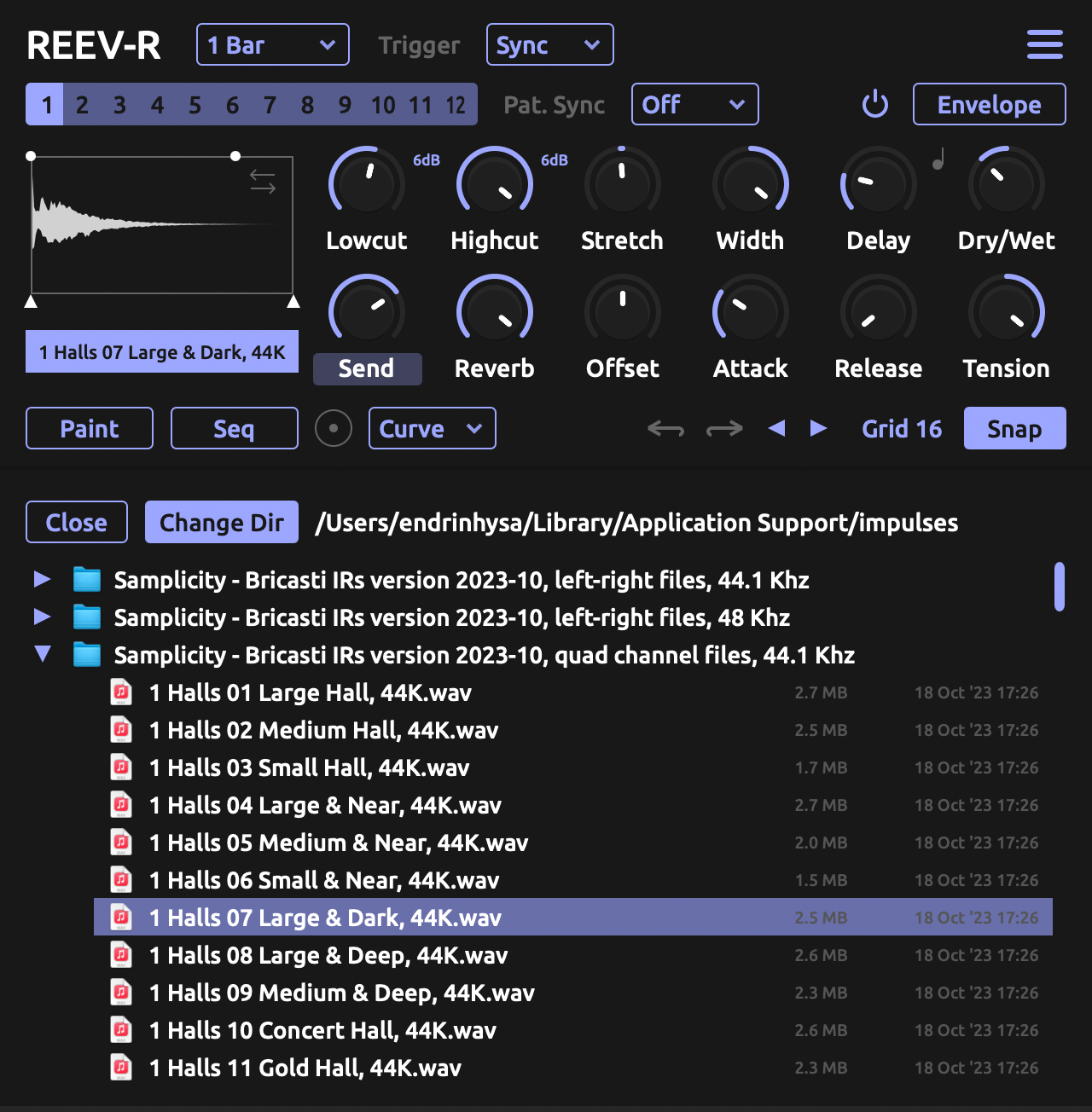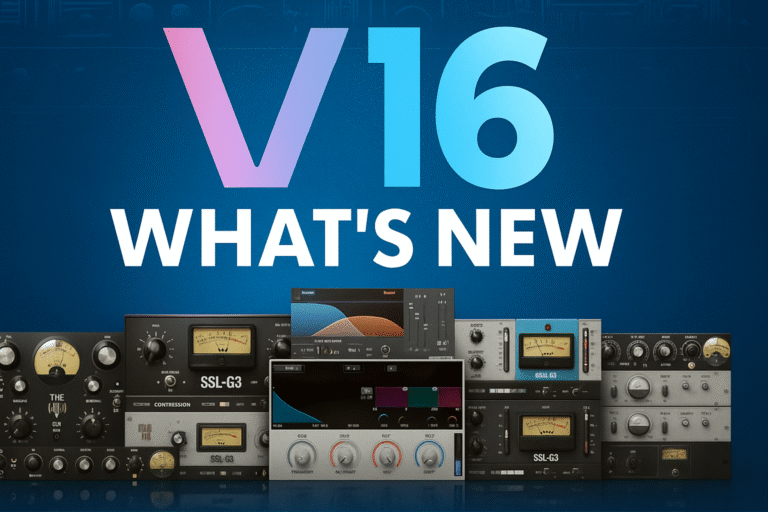Overview of My Reverb Plugin
The core of the reverb is structured using a graph-based approach, connecting different processors to achieve a rich and customizable sound. Here’s a breakdown of how it works:
- Pre-Delay: This introduces a short delay before the reverb starts, helping to maintain clarity in the original signal.
- Crossover Control: This parameter determines the frequency at which the low and mid frequencies are split, allowing different decay times for each band.
- RT60 Controls (Low & Mid): These set the reverberation time for low and mid frequencies, defining how long the reverb tail lasts.
- High-Frequency Damping: This controls how high frequencies decay over time, simulating different types of room absorption.
- Parametric EQ: Two bands of EQ allow shaping of the reverb’s tonal characteristics by adjusting frequency and gain.
- Dry/Wet Mixer: This lets users balance the amount of direct signal and reverb in the output.
Technical Details
The plugin’s architecture follows a modular approach with distinct processing units:
- Delay Processor: Handles the pre-delay time before the signal enters the reverb core.
- Reverb Core: Implements multiple feedback delay networks (FDN) to generate a natural reverb tail.
- Parametric EQ: Allows shaping of the reverb frequency response.
- Dry/Wet Mixer: Ensures seamless blending between the original and processed signal.
This structure ensures flexibility, making the plugin suitable for various mixing and sound design applications.
Future Improvements
While the reverb already delivers a lush and flexible sound, I’m considering adding:
- More advanced modulation options.
- Additional reverb algorithms for different room types.
- A GUI for intuitive control.
Let me know your thoughts! Would you like to try it? What features would you like to see next?

If you want to learn more about how to create your own plugin, check out this video!”




